The 29 Biggest Car Mistakes That Will Cost You

The average American drives more than 13,000 miles a year, and every one of those miles could be the one that steers you off the road and into the repair shop. The right driving and car maintenance habits, however, can go a long way toward getting more of those miles to pass before you come up against the inevitable car repair.
Good driving and preventative maintenance keep your car running properly and its resale value in tip-top shape. Click through to see the common mistakes that can lead to costly short-term repairs and long-term drops in value.
Last updated: July 28, 2021
Sponsored by PenFed
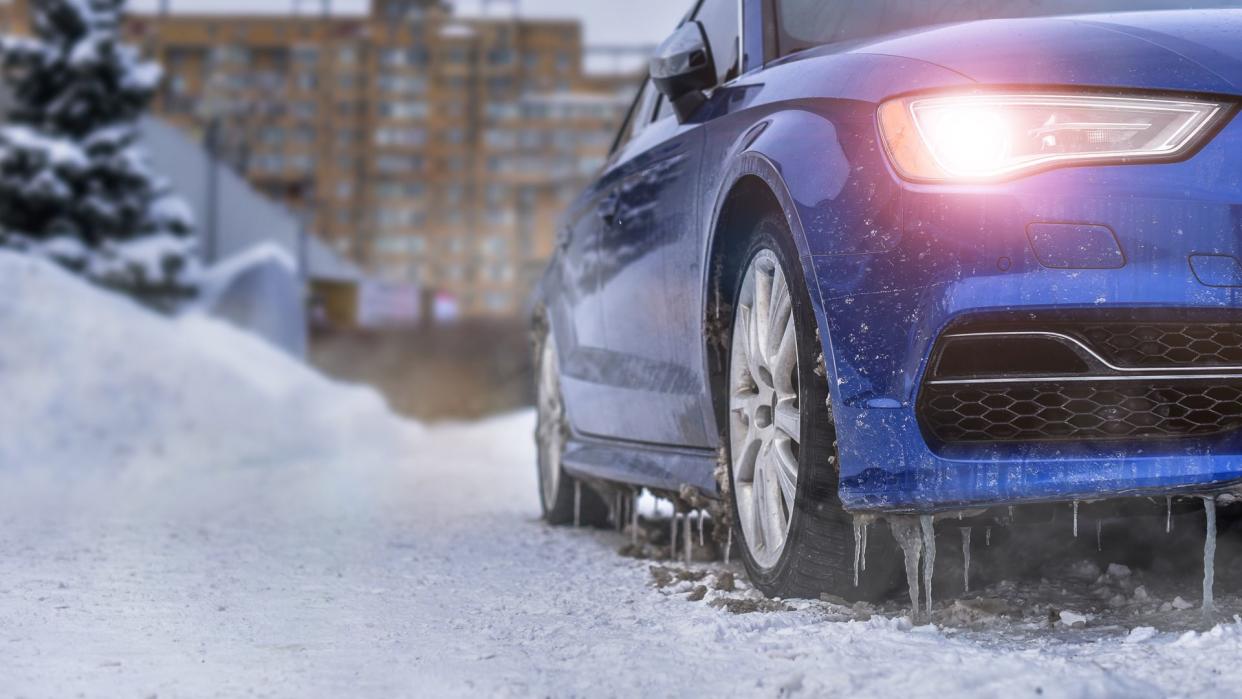
Driving the Engine Cold
The old adage that you have to idle your car on cold days to warm the engine before driving is exactly that — old. It might have been true for old-school carburetor engines, but modern electronic fuel-injection engines compensate for the cold by injecting extra gasoline until the engine hits 40 degrees.
It's fine to let the engine warm for a minute or so while you scrape ice off the windshield or run the defroster. The best bet after that is to drive slowly until your car hits that temperature threshold. Driving fast on a completely cold engine can result in some of the extra gas seeping into the cylinder walls, where it quickly strips away critical lubricant.

Driving the Engine Hot
Driving with a hot engine is even more problematic than driving with one that’s too cold. Overheating often results from driving for long periods on excessively hot days, although mechanical problems like bad water pumps or blown thermostats can do the trick as well. Pushing an overheated engine can result in a blown gasket head, which will run you an average of $1,170 and $1,496 to fix, according to RepairPal. Avoid those costs by watching your temperature gauge and checking your coolant levels. If you notice the engine running hot, you should turn off the air conditioning, crank up the heater and pull over. You're better off letting the engine cool and calling a tow truck than risking an expensive repair.

Running the Tank Down to Empty
It’s imprudent to play chicken with your fuel-warning light for the obvious reason that you might run out of gas. But there’s another danger that’s more sinister and expensive. The fuel pump, which dispenses gas from the tank to the engine, relies on the gas in the tank as a coolant and lubricant. When there is no gas, the pump is put under stress and runs the risk of failing prematurely. According to RepairPal, the average cost to replace a fuel pump is between $758 and $1,062.
Before you're running on empty, there's an easy way to get more mileage for your money at the gas pump. With PenFed's Platinum Rewards Visa Signature credit card, you're rewarded for your everyday purchases like gas and groceries, including earning 5x points for every dollar spent on fuel. Points can be redeemed for gift cards, travel or shopping, and you'll be welcomed with 15,000 bonus points on the first $1,500 spent. Plus, the Platinum card offers more ways to potentially save with no annual fee and 0% APR on balance transfers for the first 12 months. The next time you fill your tank, make sure you're getting more.

Ignoring Dashboard Warnings
Those illuminated icons on your dash display aren’t there for decoration. Don't ignore indicators for problems with your brakes/ABS, airbags, power steering, cooling system, oil or the dreaded check engine light. Doing so can lead to costly and potentially dangerous complications and failures with these and other systems. Get to know your dash indicators. If one switches on, don’t dawdle. Don’t drive the car unless absolutely necessary and get it checked right away. The best defense against unwanted icons is regular maintenance.
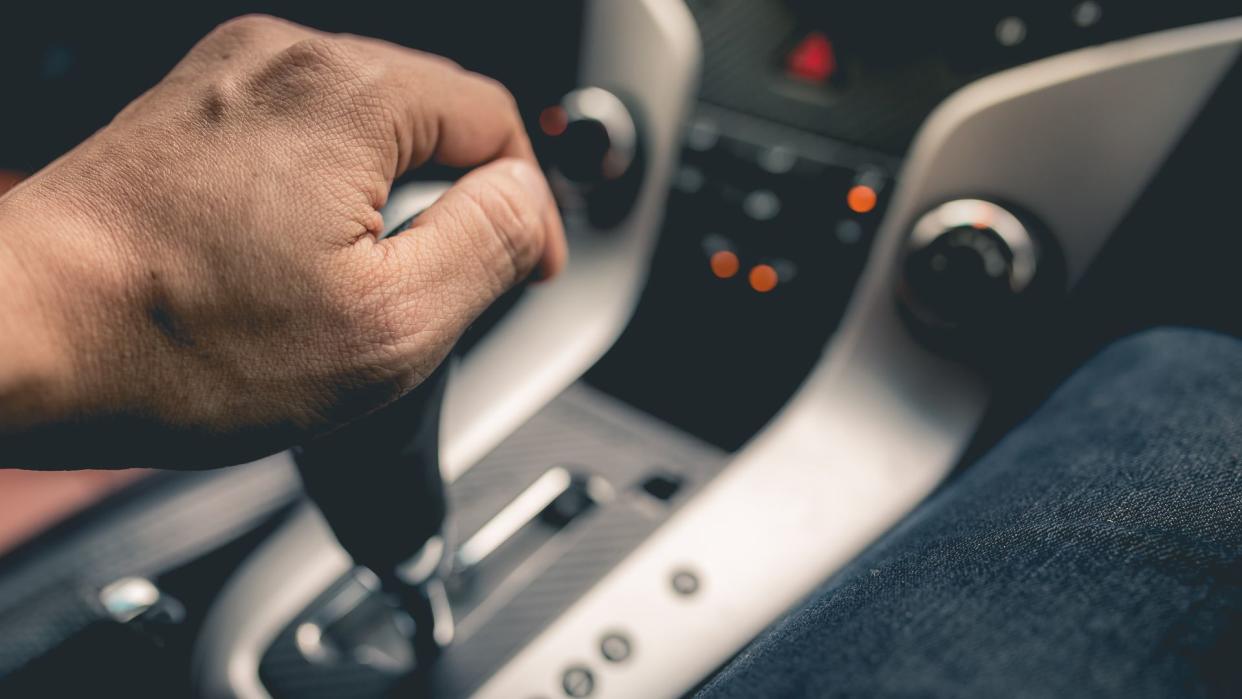
Shifting Into Reverse While Rolling Forward
Whether parallel parking or making a three-point turn, shifting into reverse while the car is still rolling forward is a common mistake. Provided it’s done at very low speeds, it rarely leads to anything serious — at least on newer-model automatic transmission cars that have reverse-inhibit features. According to Autoblog, older-model and/or manual transmission vehicles can suffer transmission damage if put in reverse from anything but a complete stop.

Cruising Over Potholes and Speed Bumps
You know that jolt you feel when you speed over a pothole or even a particularly unforgiving speed bump? Your car feels it, too. According to AAA, potholes cost Americans $3 billion a year. The most common damage is to the tires in the form of bulges, followed by damage to the wheels, exhaust, suspension and, for low-sitting cars, the body.

Ignoring Strange Sounds
Strange noises are your car’s way of telling you something is wrong — and you should listen because weird sounds often come from problems that never fix themselves. Knocking indicates an engine problem, as does grinding under the hood, although that could be due to a lot of other things, too. Transmission problems announce themselves with noise while shifting gears, whereas loose fan belts make a squealing noise during acceleration. Rattling, on the other hand, is often due to a problem with the exhaust. Either way, hoping it will go away has never worked once. Strange noises should be your cue to find a mechanic.
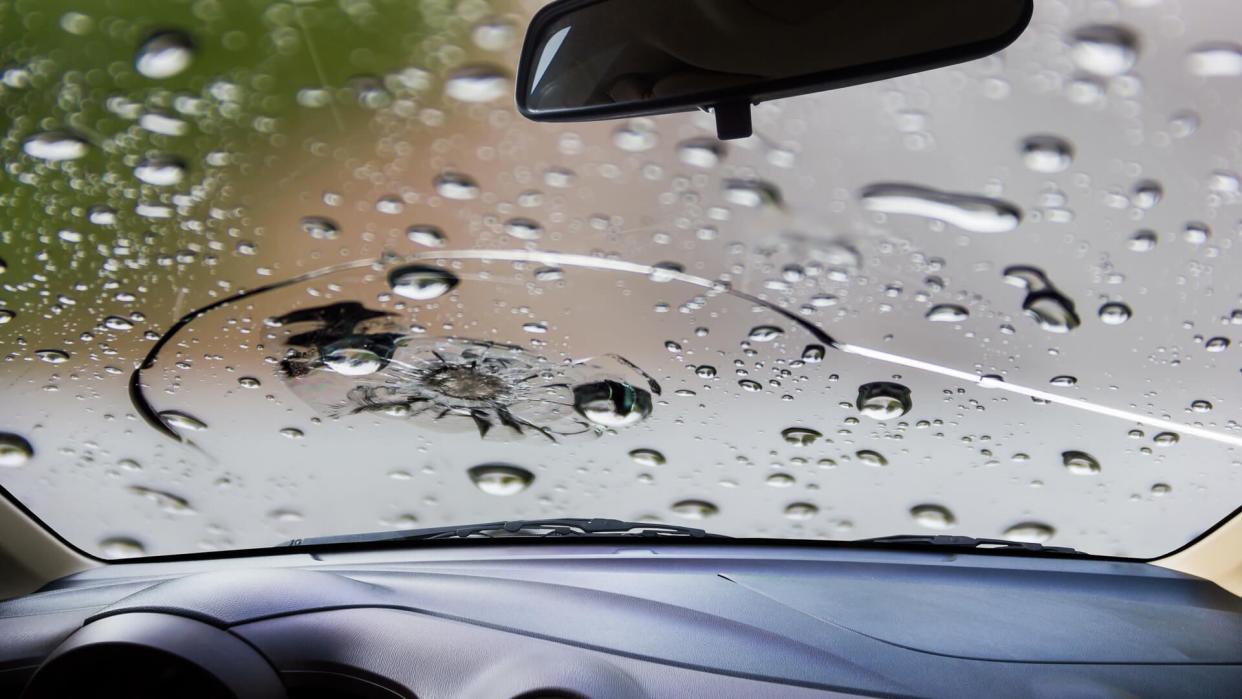
Defrosting With Hot Water
DIY hack sites might suggest pouring hot water on an ice-covered windshield, but this is never a good idea. First of all, it simply doesn’t work — at least not well — and second, the windshield could crack if the temperature differences are extreme. According to RepairPal, a windshield replacement could run you as much as $400.

Not Using the Hand Brake
If you’re one of the few people who still drive a stick — only 2% of all vehicles sold in 2018 were manual transmission — you use the hand brake when you park and, occasionally, to cheat while shifting into first from a standstill on a steep hill. The vast majority of drivers, however, hardly ever use it, but they should — even on automatic transmissions. By engaging the e-brake when you park you’ll take the pressure off your transmission, CV joints, parking pawl and, if you are one of the 2%, your clutch.

Using the Wrong Oil
Keeping oil levels up between changes is one of the most important things anyone can do to keep their car running well, but when you top off, be sure to use the oil specific to your car. Check the manual if you’re not sure, but never try and guess. Every engine calls for a specific viscosity, with 10W-30 among the most common. Using the wrong oil can cause leaks and noises while also reducing your fuel economy. In the worst cases, the wrong engine oil can burn and damage your engine. Most likely, the car simply won’t start.
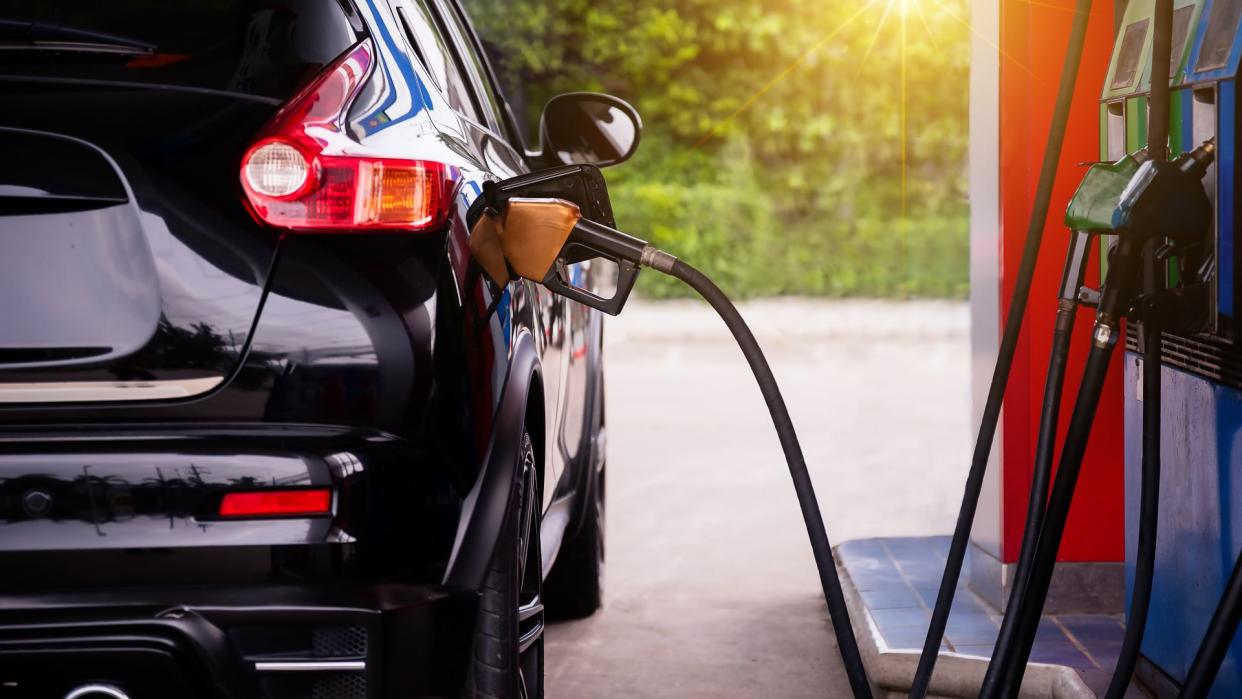
Pumping the Wrong Fuel
Putting gasoline in a diesel vehicle will annihilate the engine — and quickly. The first parts to get damaged are the injectors and fuel pump, meaning you might have to spend nearly $1,400 to replace the former and up to $1,062 to replace the latter, according to RepairPal. Putting diesel in a gas-powered car is also bad, though the damage might not be as severe or immediate. You could still face damage to the fuel pump, lines, injectors and fuel filter. If you realize the problem right away, you should drain the fuel tank. Pumping the wrong octane gas is not nearly as damaging. In most cases, nothing terrible happens, particularly on newer cars with computers that can compensate for the change. But you’re still likely to experience poor engine performance and lower gas mileage.
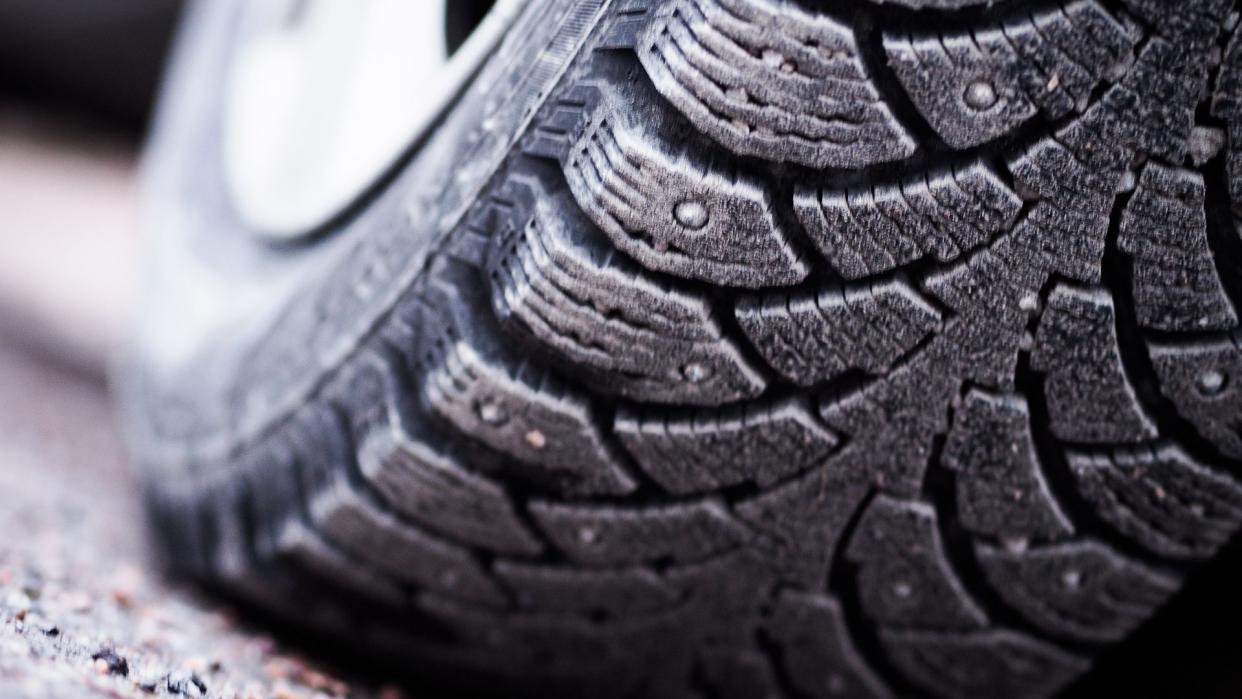
Using Winter Tires All Year Long
Swapping out your tires twice a year is cheaper than buying new ones, which you’ll have to do far too often if you drive on winter tires all year-round. Winter tires are softer and squishier than all-season tires and therefore don’t maneuver as well — and they get lower fuel economy. Winter tires also wear out much faster and need to be replaced more often. Buying two sets of tires and swapping them out when the seasons change is less expensive than replacing over-worn winter tires, considering modestly priced tires cost between $100 and $300 each.
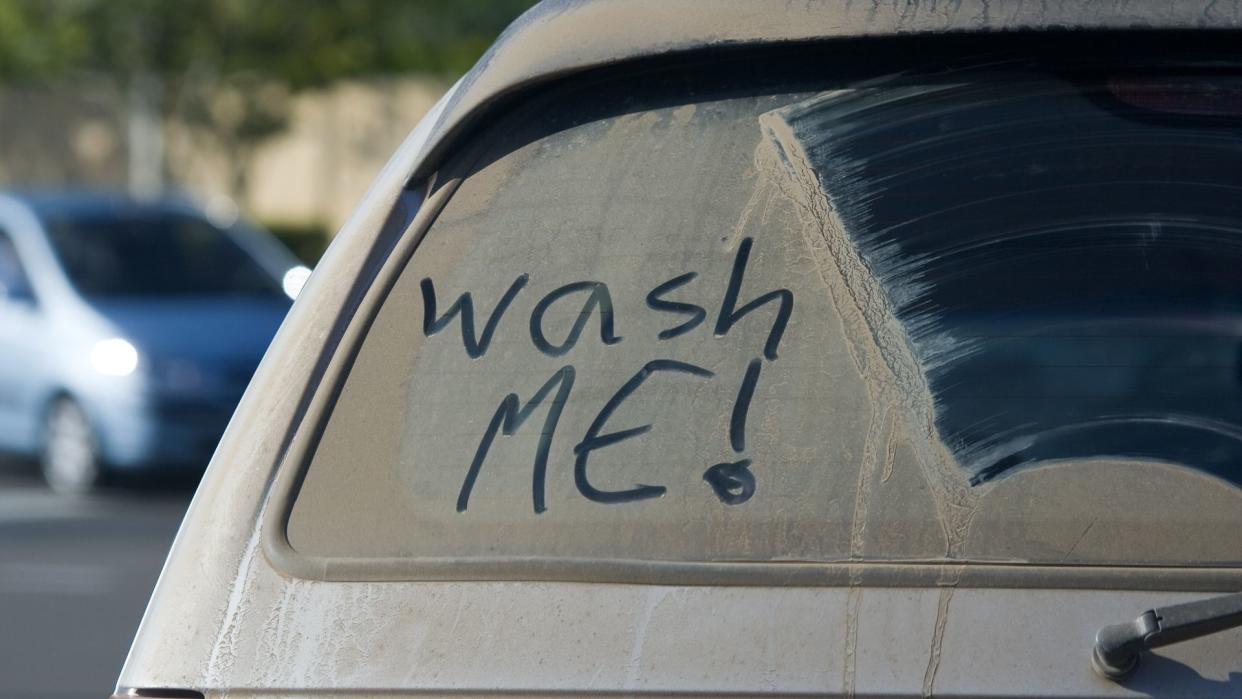
Waiting Too Long Between Washes
Washing your car at least once a week doesn't only keep it looking good, it can also prevent costly damage. Neglect lets a thin layer of coarse and dirty film attack your car’s clear coating, which exposes the vulnerable paint underneath. That can lead to patches of corrosion and rust, which is particularly damaging to your car’s undercarriage. Wash more in summer and winter or if your car spends time in high-stress areas. These areas include woodsy regions with lots of tree sap and acidic bird droppings, coastal areas with salty air and snowy regions with roads frequently coated in salt, sand or other de-icing agents.
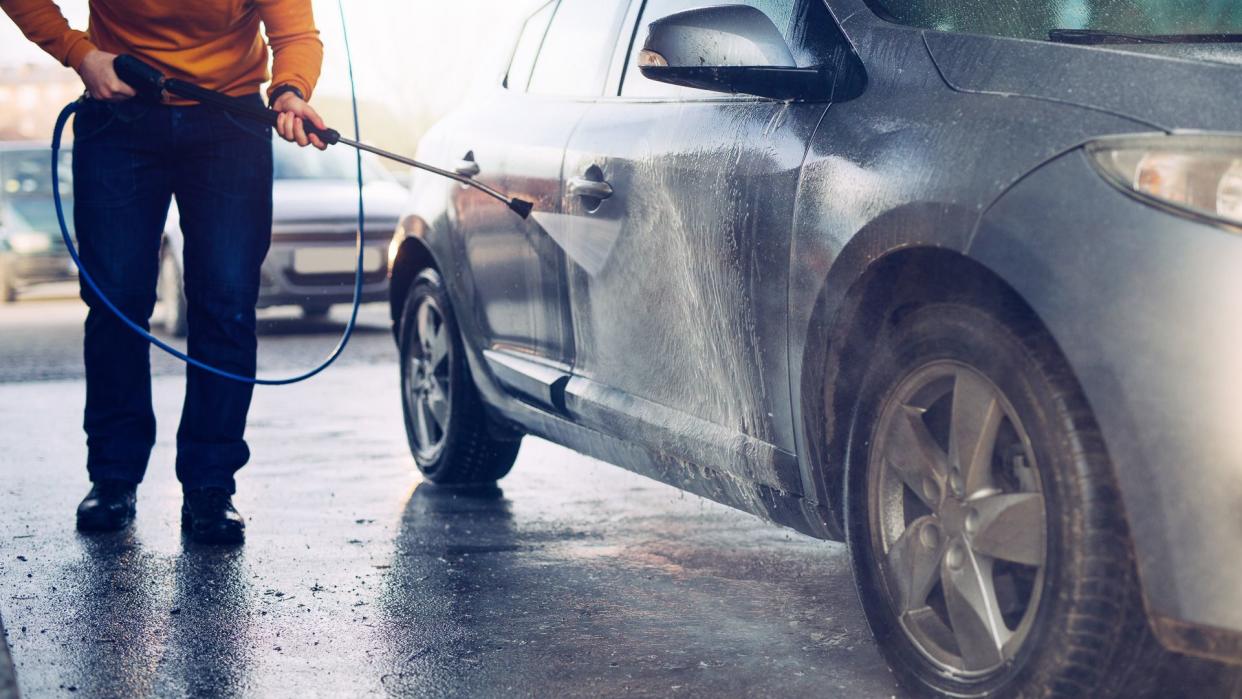
Washing and Detailing With the Wrong Cleaning Products
While it’s important to wash your car frequently, it’s also important to wash it correctly. Don’t use dish soap, which isn’t meant for car paint. Instead, opt for a pH-balanced car-specific soap. Same with the interior — invest in a modest detailing kit instead of spraying and rubbing household cleaners on your dash and upholstery. If you take it to a car wash, choose a self-service station. Touchless, hand wash and especially drive-through car washes can damage your paint and/or apply grime to your car because of the dozens or even hundreds of other customers who came before you since the last time the washing equipment was sanitized.
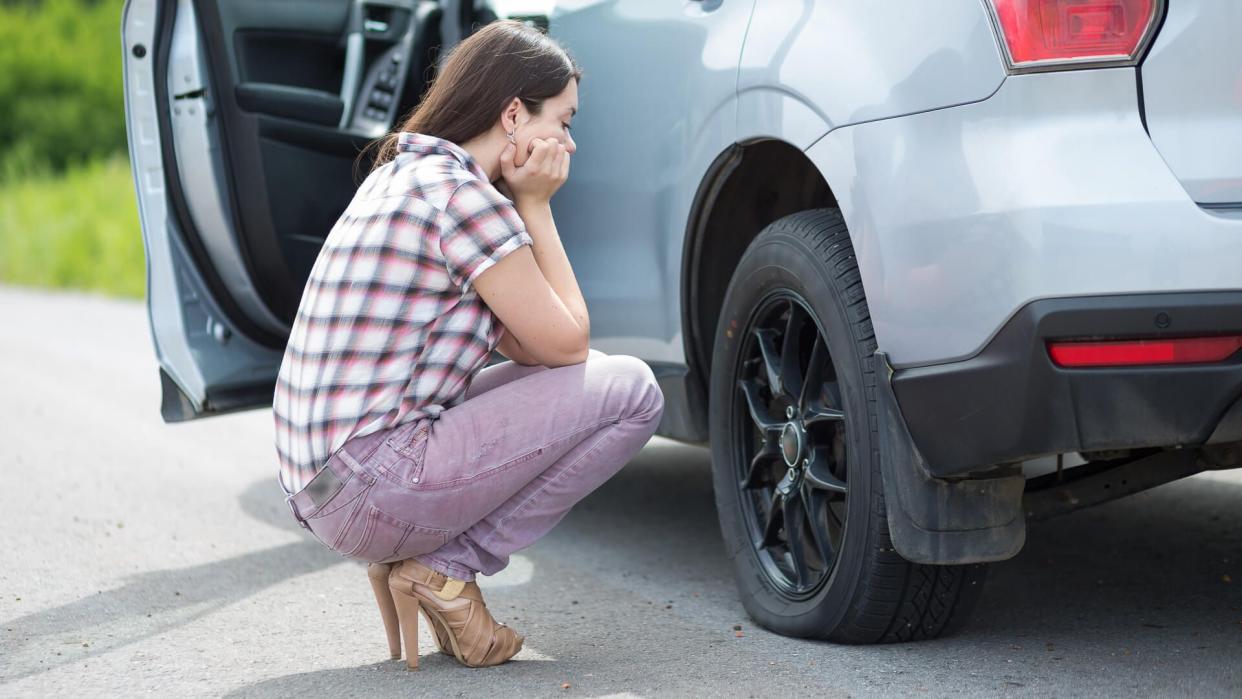
Driving With Low Tire Pressure
Tire pressure is easy to overlook, but underinflated tires wear out prematurely. This can be both expensive and dangerous. At high speeds, a tire might blow out or otherwise fail. You're also prone to getting a flat when you hit a pothole with a tire that’s low on air pressure.
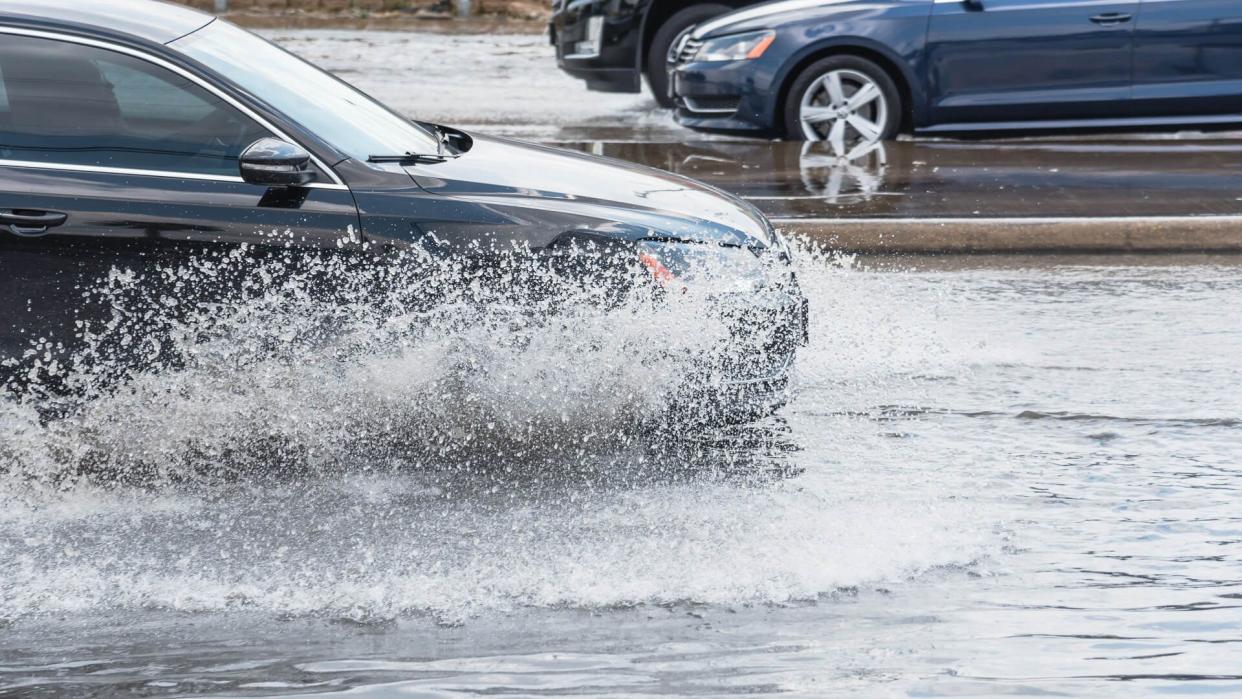
Driving Through Water
Driving through deep water in rugged terrain is awesome — in commercials. In real life, if you breach your car’s wading depth you run the risk of getting water in the cylinders, which disrupts the pistons and creates a condition called hydrolock, short for hydrostatic lock. When this happens, your engine will seize and your car won't drive. If you’re lucky and there’s no engine damage, you’ll still have to pay at least a few hundred dollars to remove the water. If engine damage is extensive, that bill could creep between $3,000 and $10,000, according to Car Bibles.

Braking Too Hard
If you slam on the brakes, you probably didn’t have any other choice. You should know, however, that besides giving yourself and your passengers a near heart attack, it’s also not very good for your car. Hard braking causes excessive heat, which wears down the brake pads prematurely. This can be both dangerous and costly. According to RepairPal, brake pad replacement typically costs $263 to $294.

Skipping Oil Changes
Skipping regular oil changes is the surest way to guarantee poor performance as your once-golden oil turns to sticky black sludge. If neglected long enough, that poor performance will inevitably result in the trademark white smoke that is the telltale sign of a blown gasket head, which can cost nearly $1,500 to fix at the high end of the average price range, according to RepairPal. Smaller things are likely to go wrong before that, and skipping oil changes can also void your warranty.

Swapping Coolant for Water in the Radiator
You can use water in the radiator if you have no other choice, and it’s certainly better than having nothing in there. But you don't want to keep it there for much longer than it takes to drive somewhere to get actual coolant. With nothing but water in the radiator, you're almost certain to damage something important, either through overheating or freezing. If you're in a cold climate and the water freezes, it could lead to cracks in the radiator or heater core, a warped cylinder head or cracked engine block. Replacing a cylinder head can cost $500 to $1,000 to fix, according to Car Bibles.
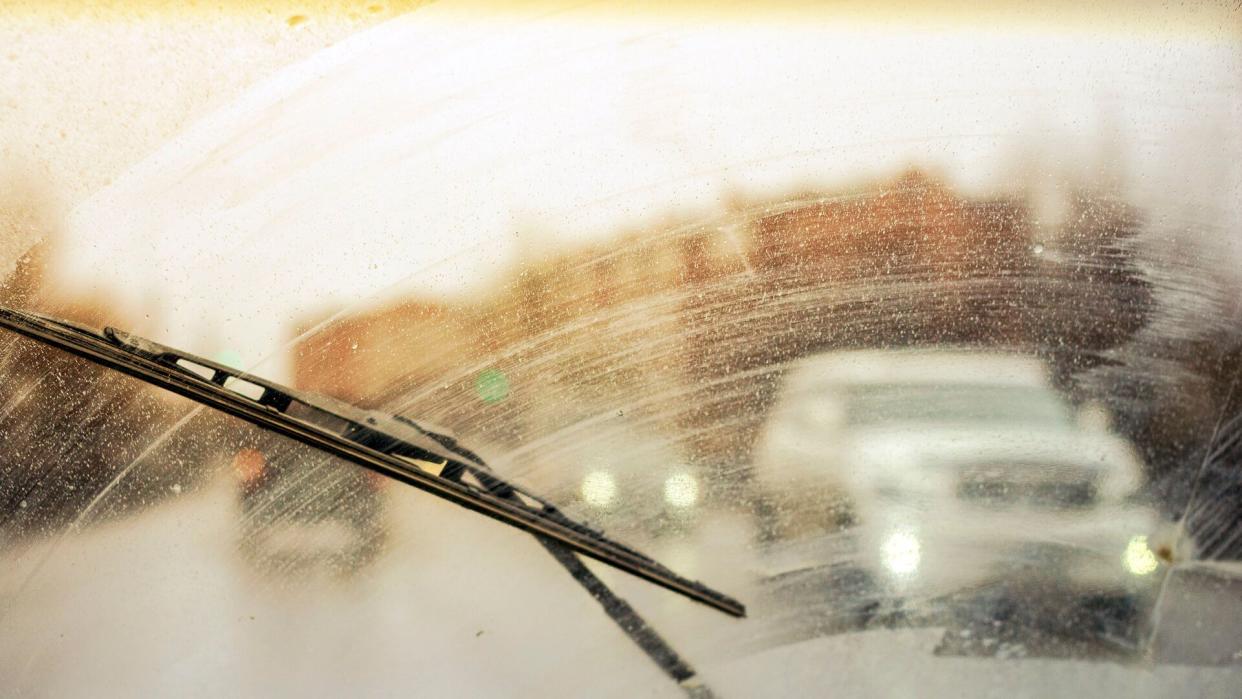
Failing To Check Fluids
Your car relies on six essential fluids, including engine oil and coolant. Those are the two most important, but it's also critical to check power steering fluid, brake fluid, transmission fluid and windshield washer fluid. With the exception of the latter, all can lead to a variety of costly mechanical failures and problems while also making the car unsafe to drive. A dry washer fluid reservoir won’t break your car, but it will lead to a disappointing empty humming sound when you pull forward on the blinker lever — and always just when you need a clean windshield the most.

Skipping Scheduled Maintenance
Oil changes are the most common and critical component of your car’s maintenance schedule, but they aren't the only ones. It's also important to get regular tuneups and inspections. Things like bad spark plugs and loose belts can degrade performance and lead to premature system failures. Also, scheduled maintenance keeps your resale value high and your warranty in good standing.

Overloading Your Roof
Tying whatever won’t fit in the car to the roof rack and hitting the highway has long been part of the American road trip experience. But a cartoonishly tall and overloaded heap is bad for your car — and terrible for everyone else on the road. Oversized and overweight roof loads are likely to shift and drag as you drive, which can create dings and gouge paint. More important is the fact that oversized loads are more likely to come loose, which can turn your stuff into highway missiles that cause accidents.
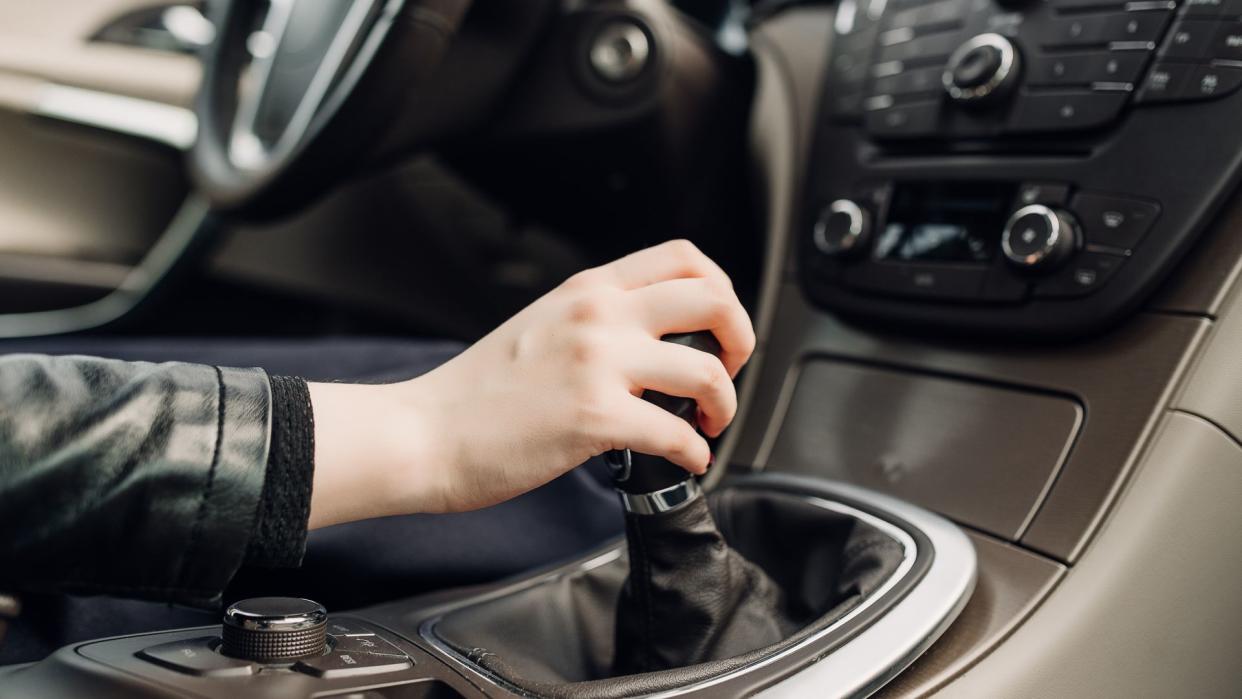
Resting Your Hand on the Gear Shift
Those who drive a stick shouldn’t use the gear shift as a place to rest their right hands — even though they probably do, anyway. That said, it’s a habit worth breaking. The process of shifting gears engages the selector fork and rotating collar, which briefly touch before moving to the chosen gear. The weight of your hand can cause the fork and collar to touch for no reason, which can lead to premature wear and poor performance.
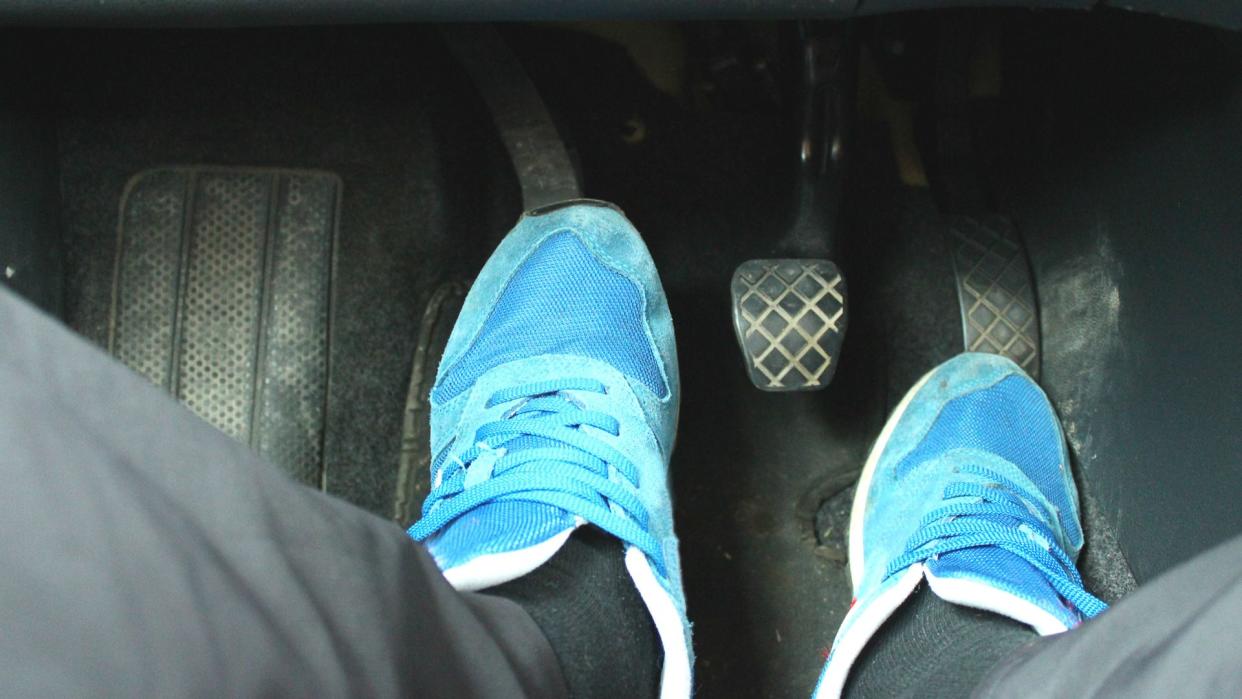
Riding the Clutch
Another common no-no that stick-shift drivers should avoid is riding the clutch. That’s what you do every time you shift gears and then fail to disengage by releasing the pedal. When you ride the clutch, you force the clutch disk to slip, which triggers a chain reaction that eventually will lead to a worn-out clutch. According to RepairPal, the average clutch replacement costs between $1,229 and $1,419.

Not Changing Cabin Air Filters
Your mechanic will check and, if need be, change engine air filters, but you should keep an eye on the ones that serve the same purpose for your interior cabin. Cabin filters are cheap — they typically cost between $15 and $50 — but they can save you big bucks in terms of resale value, and they also make driving a more pleasant experience. That’s because well-maintained air filters keep out toxins, allergens, dust, dirt, bad odors and the general grossness associated with the world and roads outside.

Not Replacing Fuel Filters
In addition to oil and air filters, fuel filters require maintenance from time to time. Fuel filters catch and hold impurities to help keep your car's engine clean, and typically need to be replaced every 50,000 to 60,000 miles for newer vehicles, according to CarID. Signs that you're due for a replacement include poor fuel mileage, hard starting, uneven idling, hesitation, loss of power, sputtering or stalling. If your fuel filters are old and are not working properly, this can allow sediments and other gunk found in fuel to reach the engine, where it can cause real harm. If you end up needing to replace your engine, this can cost between $4,000 and $8,000 depending on the engine type, according to Family Handyman.
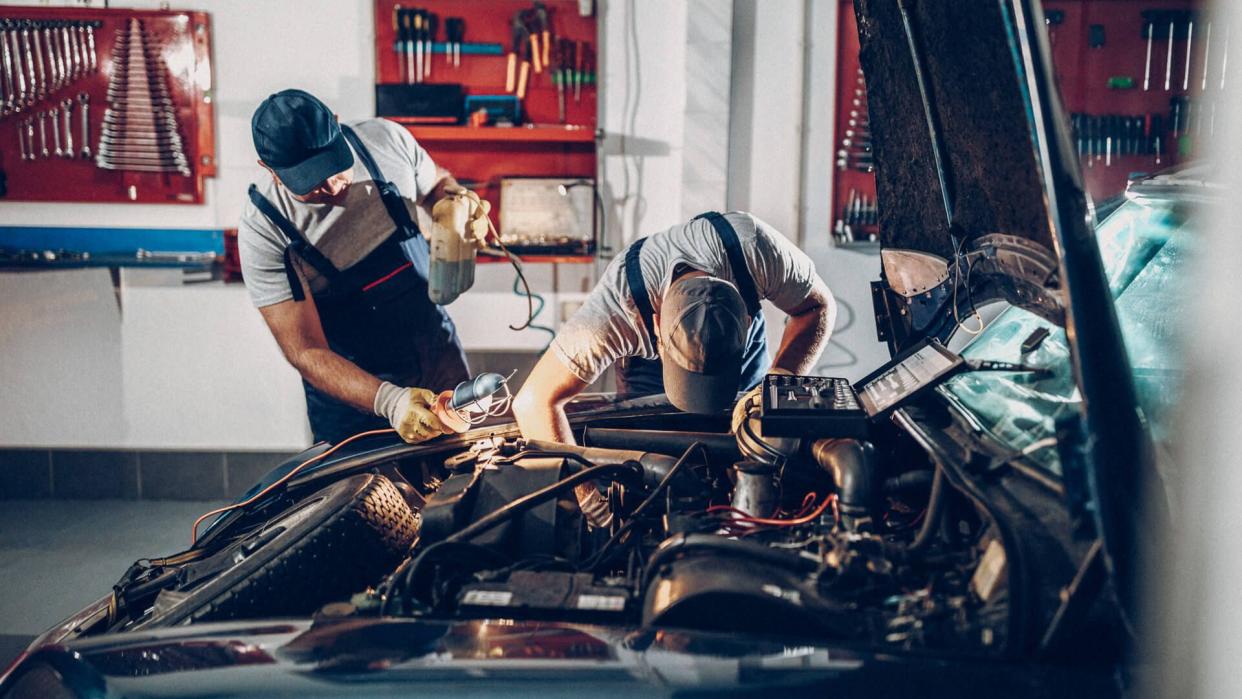
Taking Your Car to an Unqualified Shop for Service
Taking your car to the wrong shop can mean getting ripped off -- or worse, getting shoddy work done that makes your car dangerous to drive. Don't just take your car to the first shop you see. Do your research to find shops with positive reviews, and choose a repair shop that has been certified by the National Institute for Automotive Service Excellence.

Using Off-Brand Replacement Parts
Off-brand parts might be cheaper than those certified by your car's manufacturer, but they could be inferior in terms of performance. Cheap and poor quality parts can lead to more issues and more expensive repairs down the line.
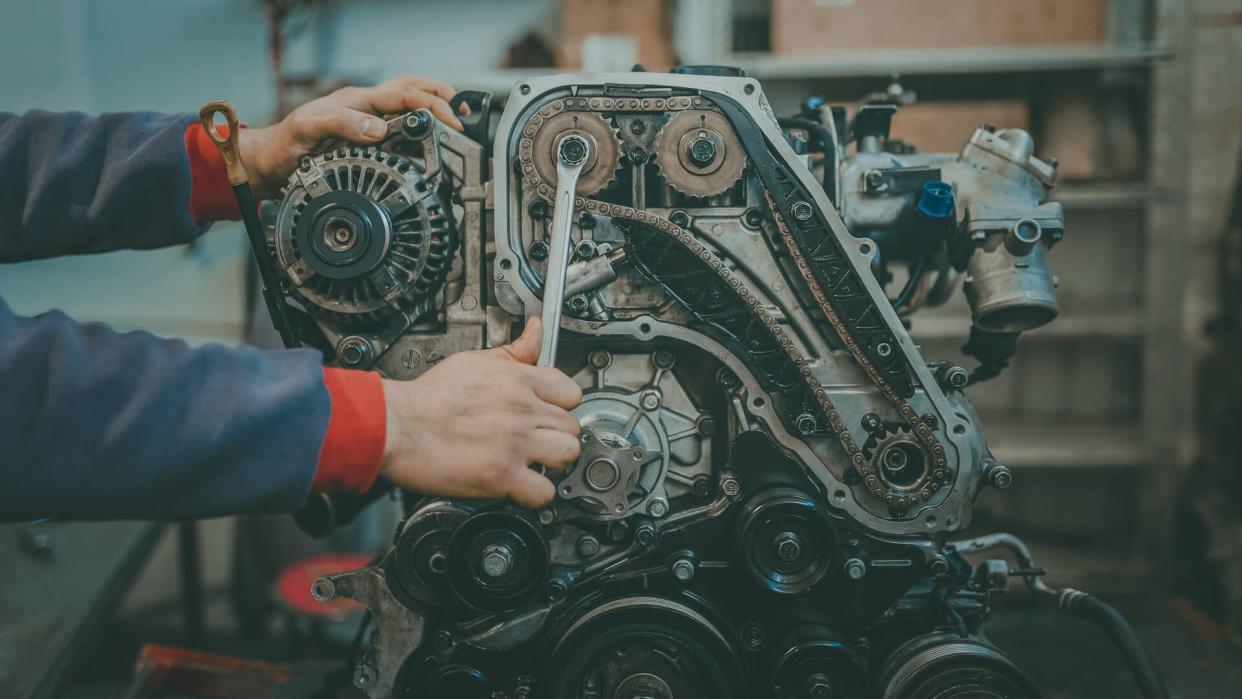
Trying To Tackle Complicated Repairs by Yourself
You can probably handle changing a tire or doing an oil change on your own, but complicated engine and electronic work should be left to the professionals. You can end up doing serious, costly damage to your vehicle if you attempt to DIY these repairs.
More From GOBankingRates
Gabrielle Olya contributed to the reporting for this article.
This article originally appeared on GOBankingRates.com: The 29 Biggest Car Mistakes That Will Cost You
